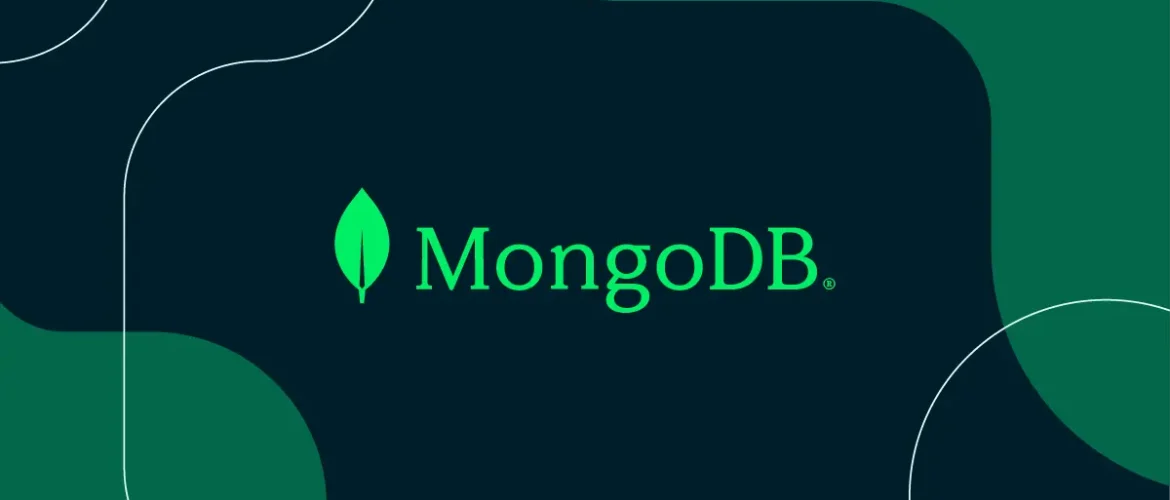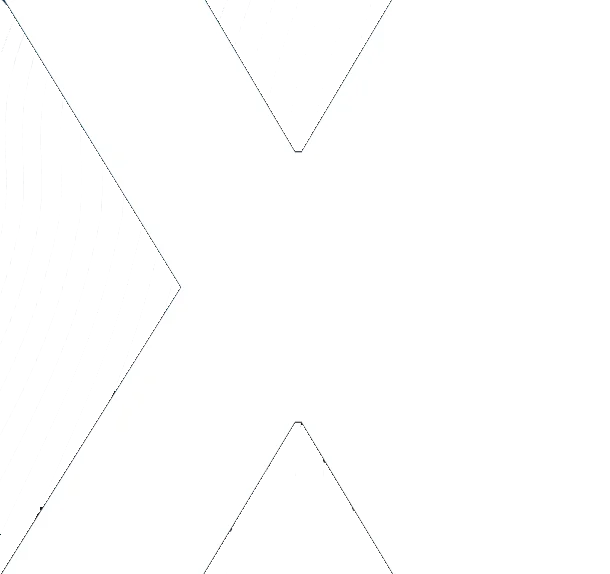Making Financial Services Accessible and Affordable for All by Using MongoDB
The Challenge
Breaking Through Legacy Systems and Mindsets to Create Amazing Customer Experiences
While traditional banks are account-driven, and want to keep individual accounts while opening a joint account, you may have to go through the entire account enrollment process again, being treated as if you were a completely new customer. Inside a bank your savings, and credit card accounts are often handled by different teams, and the credit card team wants you to be different from what the lending and banking teams want you to do. In order to meet their individual team objectives, the teams sell against each other. It often creates confusions, not to mention overdrafts and other shortfalls, and increases complexity of managing your most basic financial affairs.
Simplifying customers’ lives and obtaining the best overall outcomes for them, unfortunately, legacy infrastructure locks this in by reinforcing and even creating data and organization silos.
The company’s challenge was bigger than just to break through walls of legacy thinking and technology to build bridges between the traditional financial world and a fully digital future, creating customer experiences that simply cannot exist in traditional systems. Sopp, Marshall, and the team were contemplating a change on an order of magnitude that would reshape the industry. In the heads of the world’s communications service providers, they stopped thinking in terms of “phone numbers” and started looking holistically at the customer. This single view of the customer may be what helps CSPs survive in an era of ubiquitous free or low-cost communications services from over-the-top providers.
The Solution
Driving a Transformational Approach to Banking through a Modern Database
Current built its own ledgering system- Current Core, a retail banking platform providing true ledger state back to each of its banks. The company needed a modern database that offered the most scalable, efficient way to optimize the success of this new application.
Illustrated in Figure 1, Current Core features event-driven architecture that collects every transaction event in a MongoDB collection, and these events construct debits and credits on the customer’s ledger. The platform translates automated clearing house, or direct withdrawals, mobile check deposits, cash deposits, peer-to-peer payments, ATM, point of sale, debit card purchases, and all other transactions into events, and stores them in a ledger that lives inside MongoDB.
Figure 1: Current Core Platform
Figure 1: Current Core Platform
MongoDB Atlas search adds the search right on top of the data stored in Current Core without all of the overhead, such as another layer of synchronization, that would have been required to integrate a separate search engine like Elasticsearch, as illustrated in Figure 2.
Current chose MongoDB for its:
- Consistent data model
- Enterprise security with Field Level Encryption
- Multi-document distributed transactions with ACID
Current needed a VPC-peered connection with its Google Kubernetes Engine (GKE) clusters, and thus chose MongoDB Atlas on Google Cloud. They didn’t want to manage it themselves, and wanted to ensure that we were running the latest and greatest versions of the MongoDB server, where we had a team we could work with for support and guidance.”
The most cohesive offering of best-in-class cloud technologies is with Google Cloud. The components talk to each other and allow for quick implementation for many use cases. MongoDB gave them the flexibility to be agile with their data design and iterate quickly. The primary driver was the development velocity.
In order to make Current Core more accessible to business users, Current is also using MongoDB Compass, and in addition to GKE, it is using other Google Cloud solutions including Dataflow, PubSub, Memorystore, IAM + IAP, and Google BigQuery. They also use Neo4j, which handles data linkages and user householding to expedite some queries.
Figure 2: Current’s original proposed search architecture
Figure 2: Current’s original proposed search architecture
The updated architecture, as illustrated in Figure 3, uses Atlas Search to simplify queries and enhance accuracy, while enabling other services such as user-to-user payments.
Figure 2: Current’s original proposed search architecture
Figure 3: Current’s simplified architecture using Atlas Search
The Results
An Industry First efficient Customer Experiences, Lower TCO, 500% YoY Revenue Growth
Current offer an enhanced level of services and features to all customers using the data model to directly support the business helps, including:
- Paychecks paid up to two days faster through direct deposit
- Reward points on purchases redeemable for cash back
- No minimum account balance or hidden fees
- 24/7 customer support
Using location data from the phone in combination with the transaction data over the card network to improve attribution of rewards purchases, Current also supports multiple attribution options for merchants setting up campaigns on their merchant platform. The merchants have the flexibility to set up campaigns to be always active, once the user adds the offer, and require an activation in the app before each purchase.
Working with MongoDB and Google Cloud, they are creating excellent customer experiences, and their mission of creating better financial outcomes for people is reflected all the way down to the way data is stored in MongoDB. It is uncommon, especially in financial services, for the data model to support the business so directly.
Provided seamless performance and reliability as demand for Current Core, MongoDB has increased 30% week over week in some recent periods. “It has enabled Current to reduce TCO by giving it the power to pushbutton-scale its platform as needed to meet changing demand with zero Ops intervention,” Marshall added. MongoDB’s flexible data also enables Current to release new services and features much faster than the competition — such as introducing the first point of sale rewards platform in the US that handles debit cards. Current members get another convenience feature and Current continues to expand its business.
“MongoDB Atlas has excellent support, and we’ve seen exceptional response times when needed,”
said Marshall.
All of this positions Current better in a competitive marketplace, and also yields deeper economic benefit to Current and its members. Their ability to directly integrate with financial service providers allows them to achieve best-in-industry unit economics, and they pass that financial benefit right back to members.
MongoDB and Google Cloud figure prominently in Current’s future plans. Current plans to take advantage of MongoDB’s sharding and horizontal scaling, and to expand its use of Google Cloud services, including “a lot more Dataflow.”


